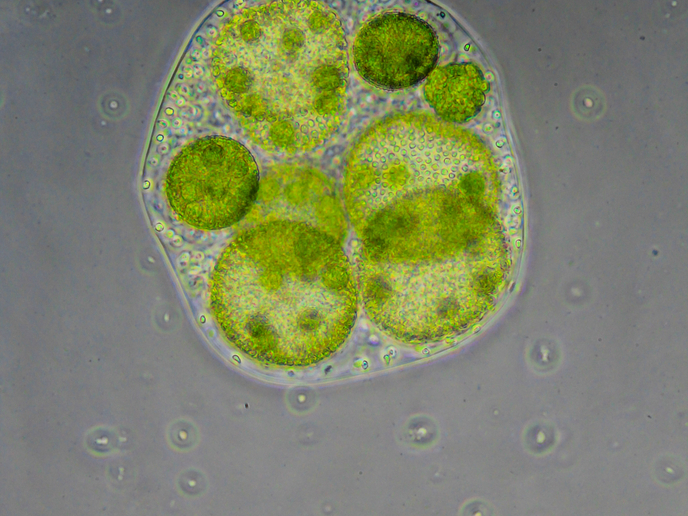Building the first synthetic chemically driven molecular robots
A strange feature of matter is how it behaves differently depending on an object’s size. Everyday objects in our ‘macro’ world won’t move without physical force being applied. Meanwhile all molecule-sized objects, and their component atoms, are constantly moving randomly. The MolMacIP project, which was funded by the European Research Council(opens in new window), was inspired by the growing consensus amongst chemists that, rather than mimicking macroscopic machines (which had led to the 2016 Nobel Prize), new nanoscale-specific techniques, inspired by biology, needed to be developed. As well as improving our understanding of how biology works, this would open the door to new life-like molecular machinery and materials, for a range of potential applications. “Our working experimental designs have demonstrated how to make chemically fuelled molecular machines, inspiring many scientists to rethink their approach. I don’t think we will go back to designing molecular machines as analogues of macroscopic machines,” says David Leigh(opens in new window), project coordinator of MolMacIP.
Mimicking biology: like playing ‘molecular Lego’
Molecular machines can be programmed to perform tasks. But with all the molecular components already moving, guiding that movement to build a molecular machine capable of exerting force like a muscle, for example, means blocking motion in every direction, except the desired one. “Manipulating these molecular building blocks and creating different assemblies is a bit like playing with molecular Lego,” notes Leigh from the University of Manchester(opens in new window), the project host. MolMacIP was specifically concerned with designing chemically fuelled molecular motors capable of transporting cargoes and performing other tasks. “Biology uses molecular machines for every process in the cell, it’s how force is generated, how molecules are built, how energy is stored and later used to perform tasks,” Leigh adds. The team demonstrated biological mimicry by making the first chemically fuelled rotary motors(opens in new window), using principles which could potentially also be applied to building linear motors. “We used the same engineering concepts as motor proteins, but our artificial system is made up of just 26 atoms! Motor proteins are made of tens of thousands of atoms, making our motor-molecules simpler and smaller,” explains Leigh. Earlier this year, the team used these molecular motors to generate force and contract a gel(opens in new window), similar to how biology uses motor proteins in muscles to generate force. Inspired by assembly lines, another design threaded a cyclic molecule onto a track, like a bead on a string. As the molecule moves along the track reaching different building blocks, it detaches them and adds them to a growing chain – similar to how biology builds proteins in the cell.
Molecular machinery will be a revolutionary technology
The history of innovation tells us that miniaturisation usually leads to technological advancement, from steam engines to batteries; from room-sized computers to the tiny energy-efficient chips. With potential energy, transport and security applications, molecular machines could contribute to European economic competitiveness, as well as addressing social concerns, such as public health and sustainability. “While being too specific about applications is like asking the Stone Age wheel inventors to predict motorcars, molecular machines will likely accelerate and improve drug discovery, alongside reducing demand for materials, power requirements and life-cycle costs,” remarks Leigh. With the creation of the first synthetic examples of chemically driven molecular machinery under their belt, the MolMacIP team now aims to make faster, more efficient, more powerful systems to undertake useful tasks, such as chemically powered sensors and materials.







